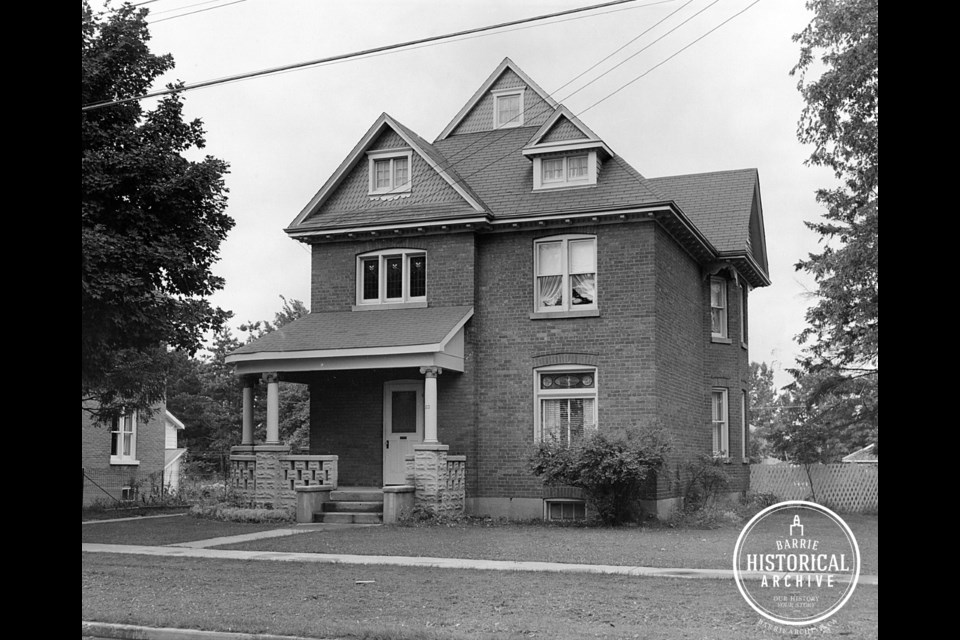We all love the Boys’ Block, that collection of fine old buildings along the south side of Dunlop Street East from Mulcaster Street to Meridian Place.
Some of the best-preserved Victorian details of the downtown business district exist here – excellent brickwork, ornate iron pillars and the ever-watchful stone gargoyles.
Original land owner, Henry R.A. Boys, who lends his name to the block, can’t take much credit for these beloved structures that today house everything from coffee, yoga, international cheeses, beer and ladies’ wear. He sold out in 1873 after a fire destroyed the original buildings.
Don’t worry about Henry, he did just fine for himself. From his youth, he and his brother, William, had been investing in mills, mines, distilleries and all manner of businesses across the county. Henry rose to the position of county treasurer and died well off in the warm climates of California.
Henry’s younger brother, William F.A. Boys, was highly successful as well. Militia lieutenant, lawyer, judge, businessman and town mayor, William “purchased 50 acres in that locality now known as Elizabeth, Henry and Perry streets, west of Eccles St.
A rather lengthy article in the Northern Advance of Sept. 23, 1897, detailed the progress of what was described as an area popular for comfortable and quiet residences. It spoke of the first appearance of a settler’s cabin in the area some time in the 1850s, not long after Mr. Boys purchased the land and began to survey and sell lots.
This Boys’ Block had originally been bush, most of it pine. As lots were cleared, the resulting lumber was milled locally.
Early settlers there included such names as Moore, Loan, Kiely and Connors. In those early years, a man by the name of Ritchie purchased a lot on Eccles Street, just north of Elizabeth Street, where it meets Kidd's Creek. His plan was to power a foundry from the flowing waters of the creek but the venture never got off the ground.
At that time, the creek was reportedly filled with speckled trout and the woods were alive with fox, deer, partridges and wild pigeon... an outdoorsman’s paradise.
Some small industry existed in this westerly Boys’ Block. Thomas Rae operated an ashery and soap works, Robert Carey was a shoe-maker, both partners of the industrious Loan and Strong contacting company dwelled in the block and Mr. McRae had a tailor shop.
However, the real appeal of this neighbourhood was its suburban charm. William Boys was aware of this from the start. He prophesized that the business area of Barrie would grow to make this town into a major commercial centre in the future and that the land to the west of the downtown area would become sought after by customers and merchants alike.
He wasn’t wrong.
You know you are successful when you live in a house with a name. Donald Campbell, a fantastically talented cabinetmaker, built Glen Almond on Elizabeth Street in the 1860s. Mr. Strong, the builder, had Corby Cottage and several generations of Vairs turned Vairville into a beautiful and productive flower nursery.
This Boys’ Block was known for large brick homes on wide and well-landscaped lots.
“Every person takes pride in giving to their place a cleanly appearance, dilapidation or carelessness being quite absent. Even where the dwellings are small, there is no lack of interest noticeable. Flower gardens abound and nearly every window contains its quota of pretty house plants.”
Each week, the Barrie Historical Archive provides BarrieToday readers with a glimpse of the city’s past. This unique column features photos and stories from years gone by and is sure to appeal to the historian in each of us.



